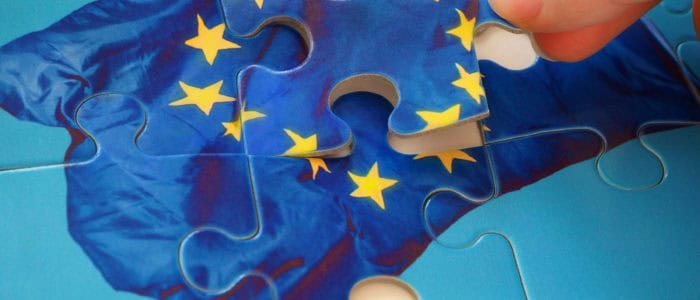Published
Five Challenges for Five Decisive Years in Europe
Subjects: European Union Far-East North-America Regions Russia & Eurasia Sectors Services

This blog post is based on an article published in El País on the 9th of June 2024 with Isabel Pérez del Puerto. The original article can be found here.
For years, European citizens in general, and Spaniards in particular, have felt a certain apathy towards European elections. However, we have gradually come to understand how decisions made in Brussels influence national policies. Never in the recent history of our country has Europe played a more decisive role in ensuring the prosperity and security of its citizens. This June 9th, beyond national political squabbles, we are voting on the challenges facing the Union and its future.
The war between Russia and Ukraine represents the greatest challenge. The end of the conflict will only come through negotiations between both parties, but Europe must provide military and economic support to ensure Ukraine enters these negotiations from a position of strength. In addition, it is important to make progress in Ukraine’s accession to the EU, demonstrating to its citizens the benefits of being part of the bloc.
The second challenge is the stance regarding the commercial and military tensions between the United States and China. Europe does not need to be equidistant, but it should not blindly mimic U.S. policies without considering their cost. The European economy is more open to global trade than the American one, and imports and exports account for more than half of Europe’s GDP. However, it is crucial to set clear boundaries in response to Chinese policies. Due to its industrial policy and sheer size, China is the largest exporter of goods and also the largest exporter of economic distortions, which negatively impact European companies and undermine confidence in the market system.
Improving productivity is another major challenge. In the 1990s, productivity was on par with that of the United States, but today US’s productivity is 20 percent larger. Spending on research and development, which is key to long-term growth, lags behind the US, China, Japan and South Korea as a percentage of GDP. But, above all, it lags behind the 3 per cent target set more than 20 years ago in the Lisbon Agenda.
The European gap on this indicator is a symptom of other, deeper deficiencies. The implementation of digital services in the productive fabric is the fourth challenge. In modern economies like Europe, technology is one of the main drivers of national competitiveness. Increasingly, this technology comes to us through digital services. It is true, Europe does not have a European Google. But it doesn’t need one. The true engine of economic growth lies not in the invention of new technologies, but in their application. However, European companies invest significantly less than their American counterparts in the use of digital technologies within their production processes, whether in investments in IT equipment or intangibles like software, databases, or artificial intelligence.
Not fearing the security-economic growth dichotomy is the fifth European challenge. This pair is often presented as a dilemma in which countries must choose one at the expense of the other. However, in most cases, this is not the case. A vibrant economy, with innovative companies, can not only generate greater resources, some of which can be dedicated to defence, but also directly contribute to national security.
A European Union with greater productivity growth, increased investment in research and innovation, and the ability to integrate its markets for goods, services, capital, and technology will not only be more prosperous but also more secure and autonomous. The work of the European Parliament on these issues is crucial. Its members shape the public policies and regulations that set the rules of the game for our economy. Today’s elections will determine Europe’s path over the next five critical years.